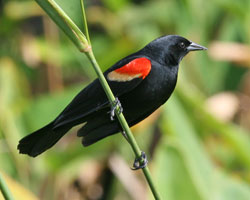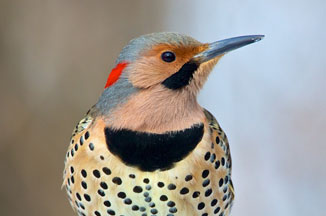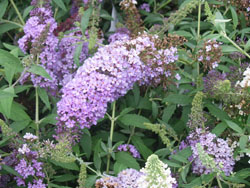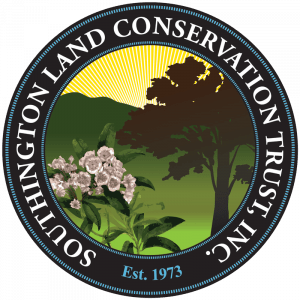by Southington Land Trust | Nature of the Month, Planting
Burning bush are invasive species and home owners are encouraged to remove them from their property and wooded areas as they take over space needed for native plant species that support native animals. The State of CT highway department no longer plants these along...

by Southington Land Trust | Nature of the Month
These common residents of wet areas are usually the first avian sign of spring, returning to Connecticut in early February. We think of them as the very first migrants to return. This warm winter, however, here seem to be many red winged blackbirds who have not...

by Southington Land Trust | Nature of the Month
During the summer you might see a large brownish bird on your lawn or on the edge of the road. The Northern Flicker is a woodpecker, but ants are their preferred food. Their plumage, both male and female is subtle and beautiful. Patterns everywhere you look with...

by Southington Land Trust | Nature of the Month
Most all of us are familiar with Butterfly Bush (Buddleja davidii) and because of it’s name think it is a good plant for pollinators; truth is it is a non-native species from Asia, considered invasive in at least 20 states. While it does provide nectar for adult...
by Southington Land Trust | Nature of the Month
By July, most of our backyard nesters are finished, or almost finished raising their young. Not the prolific and energetic little house wren. This little guy sometimes raises three broods or more! He sings his bubbly cheerful song all day long. House wrens nest in...
by Wendy Fusari | Nature of the Month
Returning to feeders and flowers in Southington this month is the beautiful ruby throated hummingbird. This is New England’s only hummingbird and it will come to flowers and feeders close to our homes. If you haven’t had one around your home, a great way...



